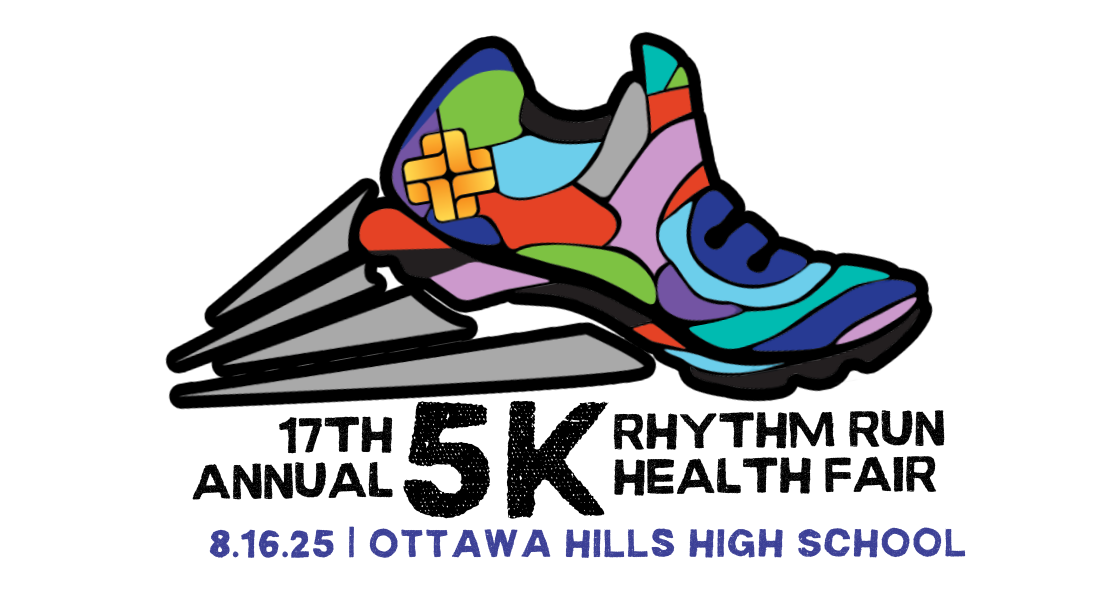Imagine a life where each day brings an unpredictable challenge—a life with Sickle Cell Disease (SCD), an inherited condition where red blood cells warp into sickle or crescent shapes. This change goes beyond mere alteration in shapes; it heralds a turbulent journey characterized by crises, anemia, and heightened susceptibility to infections (Elendu et al., 2023; CDC). While the CDC promotes exercise as a fundamental aspect of health, for individuals with SCD, this route is marked by distinctive challenges. Understanding these complexities helps in crafting strategies that will not only promote physical fitness but also address the unique challenges seen in sickle cell populations.
Chronic painful episodes are a hallmark of Sickle Cell Disease (Piel et al. 2017). Individuals afflicted with this condition frequently experience decreased blood oxygen levels, which are caused by defective hemoglobin in their red blood cells (Quinn and Sargent (2008; Setty et al. 2003). As a result, their bodies attempt to compensate for the low levels of red blood cells by increasing blood production. However, this effort is often inadequate, leading to recurrent anemia (Piel et al., 2017). The combination of these challenges hampers the effective transportation of oxygen to the body’s tissues (Nahavandi et al. 2004; 2009).
Over 50 % of those with sickle cell disease report pain, exhaustion, and dehydration as pivotal deterrents to physical activity (Osunkwo et al., 2021). These symptoms do not just cause immediate discomfort but also increase the risk of severe health complications, making the decision to exercise fraught with potential risks. Furthermore, the pervasive issue of fatigue critically undermines their daily living quality and the capacity to sustain physical exertion. This constellation of challenges—pain, exhaustion, dehydration, and debilitating fatigue collectively acts as a formidable barricade against the pursuit of an active and healthy lifestyle for those afflicted with sickle cell disease (Osunkwo et al., 2021).
Children living with Sickle Cell Disease (SCD) exhibit a notable disparity in their engagement in physical activities. Although a significant majority, 90%, participate in physical education classes, only about 48% engage in organized sports. Furthermore, their involvement in moderate-to-vigorous physical activities tends to be of shorter duration (Omwanghe et al., 2017). This variation in activity levels is primarily attributed to widespread concerns regarding the risks associated with physical overexertion. There exists a fear that exerting themselves too intensely could precipitate complications, given the disease’s pro-inflammatory nature (Connes et al., 2011). Such apprehensions lead to a more cautious approach towards participating in sports and intense physical activities among these children.
As previously mentioned, individuals with Sickle Cell Disease (SCD) exhibit reduced oxygen levels in their bloodstream. Consequently, their muscles often demand more oxygen during physical activities. However, due to these diminished oxygen levels, there is a heightened risk of the cells clustering together (Martin et al., 2018). Moreover, red blood cells become prone to deformation and may cause blockages in the bloodstream, particularly during strenuous activities. Such occurrences could lead to severe health complications (Connes et al., 2011; Nader et al., 2020; Sundd et al., 2019). Given these potential risks, individuals with SCD may prefer to avoid physical exertions, inclining towards a more sedentary lifestyle.
Adolescents living with Sickle Cell Disease often lead sedentary lifestyles because of their widespread lack of confidence in engaging in sports, exercises, or any form of physical activity (Shields and Synnot, 2016). This diminished confidence negatively affects their self-image. Coupled with the disease’s physical limitations, it leads to lowered self-esteem and an increased sense of vulnerability consequently driving them towards a more sedentary lifestyle.
For some individuals, the mental and emotional strain associated with the condition fosters a pervasive fear of physical exertion which is rooted in the possibility of unseen adverse effects rather than the direct experience of pain. This psychological barrier prevents the initiation or persistence of any form of exercise (Thornburg et al., 2011; Vlaeyen et al., 1995; Martin et al., 2018). The anticipation of pain, rather than its immediate presence, acts as a formidable obstacle to physical activity, underscoring the profound impact of psychological considerations on the decision-making processes regarding health and exercise.
It is essential to tackle the complex challenges that deter individuals with Sickle Cell Disease (SCD) from participating in physical exercise by adopting a holistic and personalized approach. This approach should encompass managing chronic pain, dispelling misconceptions, offering accessible resources, and enhancing awareness. By identifying and eliminating these barriers, a more inclusive and supportive environment for physical activity can be established. This ensures that individuals with Sickle Cell Disease (SCD) can lead fulfilling lives, focusing on their health and overall well-being.


